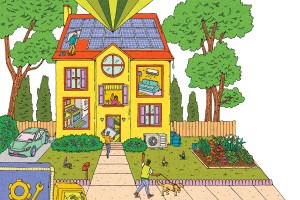Living in Graduate Hospital: A Neighborhood Guide
Once the heart of Philadelphia's black middle-class community, the neighborhood south of South Street has seen its fortunes rise again with a wave of younger, affluent residents.
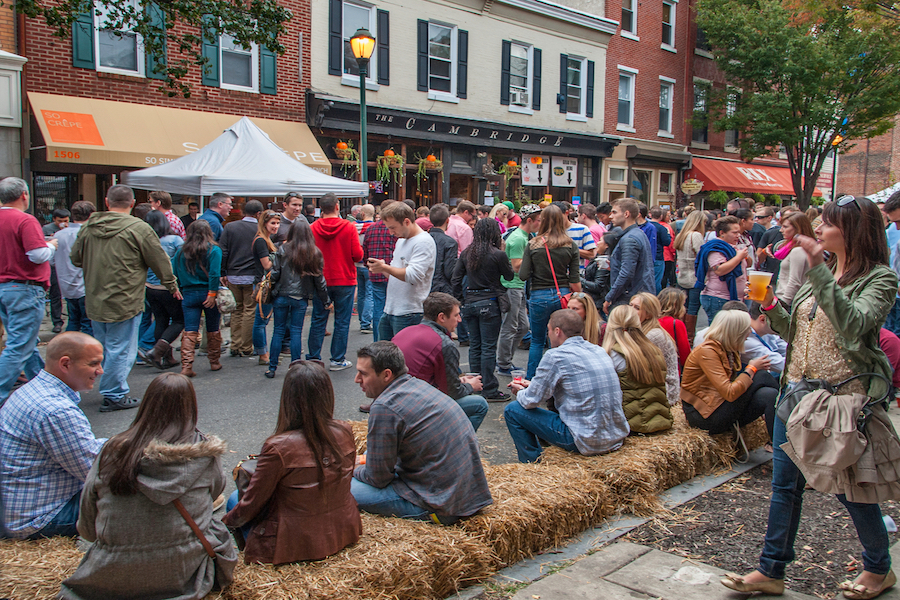
South Street west of Broad, Graduate Hospital’s northern border, has become a restaurant row of sorts over the past decade or so. Every fall, the restaurants and brewpubs on the street join with local craft brewers to stage Bloktoberfest, a free all-ages block party. Beer proceeds from the event are donated to neighborhood initiatives like education, green space and public safety. | Photo: R. Kennedy for Visit Philadelphia
There are two things you should know up front about Graduate Hospital:
- The institution from which the neighborhood takes its name no longer exists.
- Even when it did exist, it was located outside it.
Sometime in the 1970s, real estate agents who wanted to lure reluctant buyers to the neighborhood on the other side of South Street from Rittenhouse Square began promoting their homes as located in “the Graduate Hospital area.” The former hospital, part of which is now a specialty care center run by Penn Medicine and part of which now houses apartments, remains the most prominent landmark in the immediate vicinity.
But that hasn’t kept residents from trying to come up with a name more befitting the neighborhood “south of South” itself. Some have suggested “Andersonville,” in honor of one of its most famous residents, celebrated contralto Marian Anderson. Others still use “Southwest Center City,” another bit of agent-speak concocted around the same time “Graduate Hospital” was to appeal to the same crowd.
The agents did this because the area had gone into a decline from its heyday as the neighborhood where Philadelphia’s black middle class lived. The trickle of buyers who responded to the come-ons turned into a flood sometime in the 1990s, transforming the neighborhood into the mostly white and more affluent place it is today. But as with so many neighborhoods in this city, its past remains present.
Graduate Hospital Housing Prices at a Glance
Median single-family home value: $488,600*
Median condominium value: $488,200
Median monthly rent: $1,853
*Figure is for all homes
What You Can Buy in Graduate Hospital

Bright MLS image via Space & Company
Striking Modern Townhome in Former Church Pastor’s Residence
1608 Christian St. | 4 beds, 3 full, 2 half baths, 4,500 square feet, $1,990,000
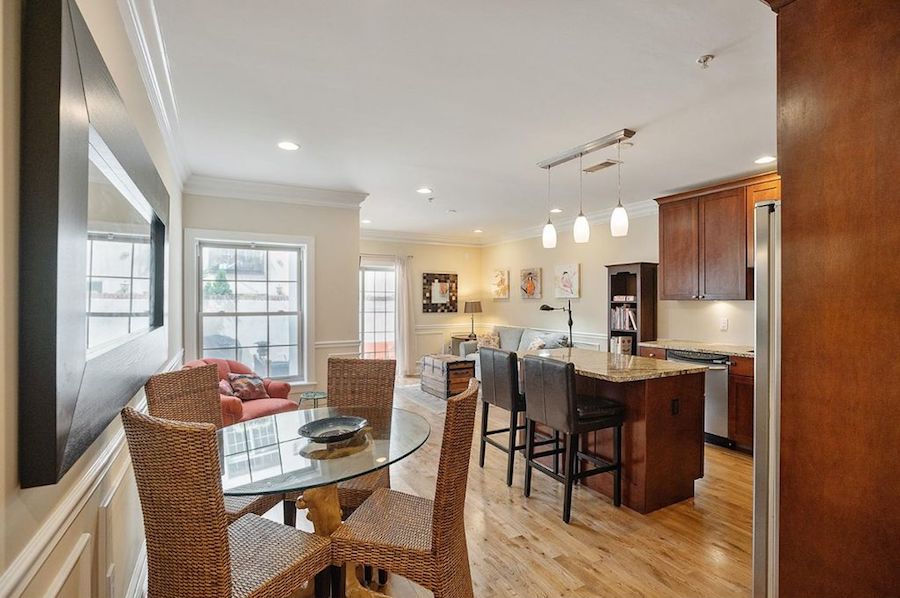
Bright MLS image via Houwzer
Elegant Bi-Level Condo Next Door to Historic Union Hall
1531 Bainbridge St., Unit A | 2 beds, 2 full, 1 half baths, 1,906 square feet, $530,000
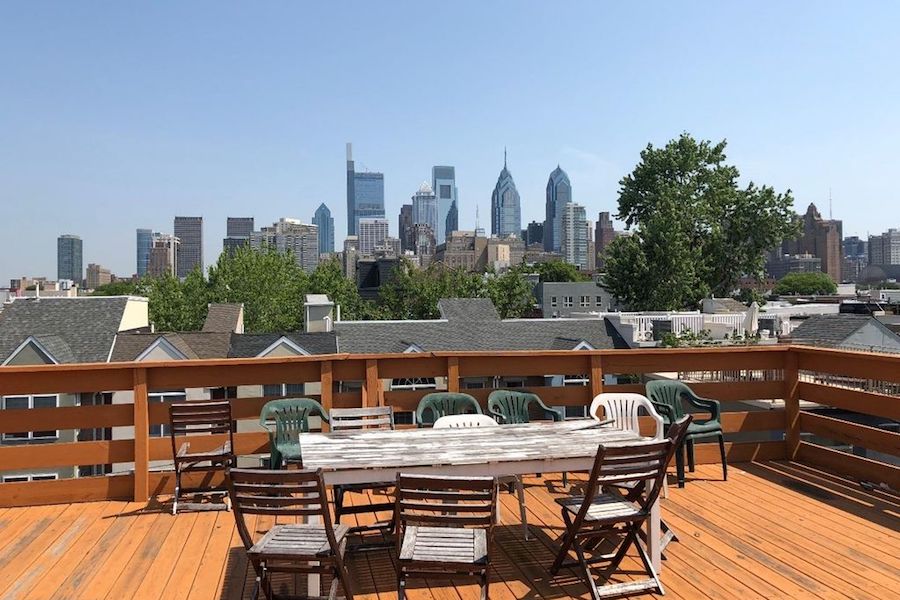
Bright MLS image via RE/MAX Elite
Great Starter Condo with Dynamite Shared Roof Deck
1925 Christian St., Unit B | 2 beds, 1 bath, 540 square feet, $199,900
Public Transportation in Graduate Hospital
SEPTA Broad Street Line: Lombard-South and Ellsworth-Federal stations
SEPTA Bus Routes: 2, northbound on 16th Street and southbound on 17th Street; 7, northbound on 22nd Street and southbound on 23rd Street; 12, on Grays Ferry Avenue; 17, southbound on 19th Street and northbound on 20th Street; 40, eastbound on South Street and westbound on Lombard Street; 64, on Washington Avenue
![]()
Food Shopping in Graduate Hospital
Supermarkets: South Square Supermarket, 2221 South Street; Sprouts Farmers Market, 1000 S. Broad St. (at Washington Avenue) (opening Sept. 19); Rittenhouse Market, 18th and Spruce streets, three blocks north of neighborhood; Acme, 10th and South streets, four blocks east of neighborhood; Whole Foods Market, 929 South Street, five blocks east of neighborhood; The Fresh Grocer of Grays Ferry, 3021 Grays Ferry Ave., five blocks southwest of neighborhood
Local grocers: Green Aisle Grocery, 2241 Grays Ferry Ave.
Specialty grocers: Big 8 Supermarket (Asian specialty supermarket), 16th and Carpenter streets
What a Real Estate Agent Says About Graduate Hospital
“Graduate Hospital remains one of the most sought-after neighborhoods in Philadelphia, mostly due to its proximity and walkability to Rittenhouse Square. According to Bright MLS, there are currently 86 residential homes available in the district, with a median asking price of $504,950. In the last 12 months, 286 homes have settled, with a median selling price of $450,000 — representing a 64 percent increase compared to just five years ago, when the median selling price in 2013 was $285,500. While there are efforts to put in more bars and restaurants, the area remains mostly residential, which is highly appealing to those seeking quiet space. In addition, developers continue to renovate existing stock, with a specific focus of adding a third level, and sometimes rooftop deck, to many of the two-story properties.”
—John Featherman, Associate Broker, BHHS Fox & Roach Realtors
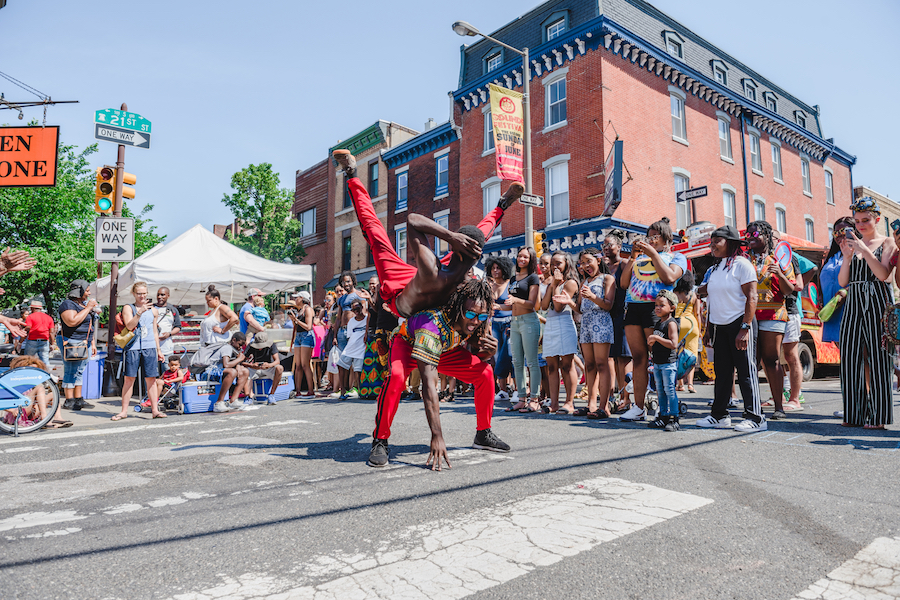
Photo: R. Kennedy for Visit Philadelphia
Local Color
Every June, the Grays Ferry Triangle — where Grays Ferry Avenue, 23rd Street, and South Street meet — and 14 blocks of the streets surrounding it turn into a colorful, lively celebration of Africa and the African diaspora when the Odunde Festival takes place. Founded in 1975 and based on the Yoruban celebration of the New Year, Odunde has grown into the largest African-American street festival in the United States.
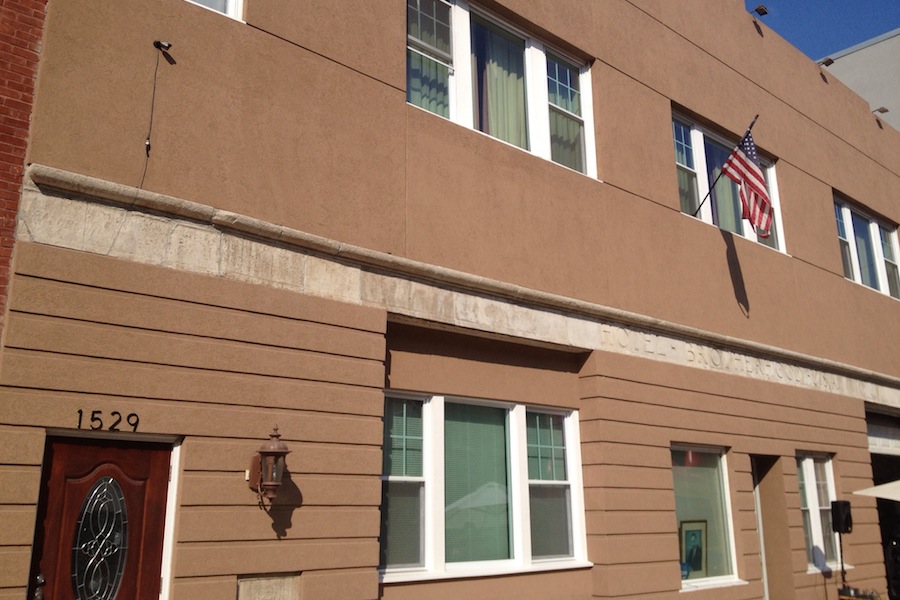
Photo: Noah Ostroff for Philly Living
Did You Know?
From the late 19th century until the 1960s, what is now Graduate Hospital was home to Philadelphia’s black middle and professional classes, who established churches, recreational facilities, social halls and other institutions and businesses that offered solidarity and support in an often-hostile world. Most of these have disappeared from the scene, their buildings converted to apartments, condos and private residences (like the pastor’s residence in the listings above). Three notable ones remain, though: the Scottish Rite Temple, the Christian Street YMCA and the Bainbridge Club.
The last, in the 1500 block of Bainbridge Street, is the “historic union hall” referred to in one of the listings above. The clubhouse was built in 1920 as the headquarters of the Hotel Brotherhood U.S.A., founded in 1884 to advocate for equal pay for black hotel workers and provide health insurance and other support for those workers. The organization continues to offer fraternal support to blacks working in the hospitality trade and other service industries, but it also opens its clubhouse to “social members,” many of them neighbors, who come to hang out at its convivial bar, attend performances and events, or take advantage of its roof deck.
House price and rent data from Zillow Home Value Index and Zillow Rent Index, July 2018
